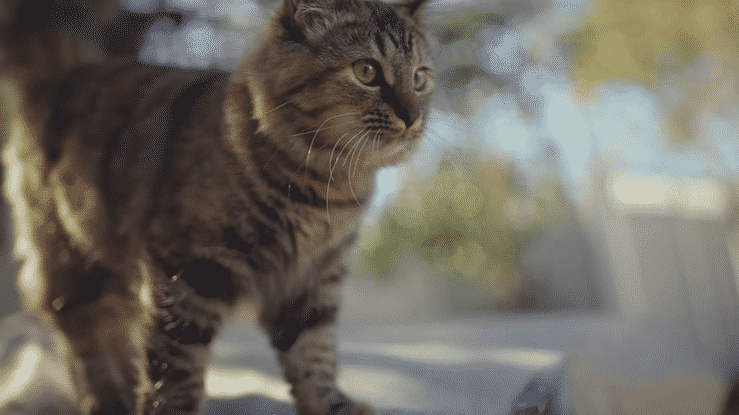
Apr 04, 2024 The Latest Australian “Threat Abatement Plan” for Cats
Following the release on September 4, 2023, of a report by IPBES on the adverse impact of invasive alien species on global biodiversity, the Australian Government announced that it was again “declaring war” on cats (the Government declared war on cats in 2015, pledging to kill two million feral cats and develop various other programs and projects to protect native wildlife from cat predation). This latest Threat Abatement Plan for cats was reportedly produced after extensive consultation. However, the Australian RSPCA noted that the Taskforce on Invasive Species (of which the RSPCA is a member) only learned about the new plan on the day it was released. Meanwhile, the Invasive Species Council complained that the 2015 “war on cats” was never adequately funded and recommended greater government support for this new “war.”
Australian cat management initiatives have had mixed receptions and successes. However, several successful cat management projects have been undertaken on Australian islands in the last decade. For example, cat eradication was achieved on Dirk Hartog island, a 620 sqkm island in Western Australia with an estimated feral cat population of 439 animals. The project began in 2014 and concluded successfully in 2018 with the announcement that it was now officially cat-free and open for reintroducing endangered Australian marsupials.
Christmas Island, situated just south of the Indonesian Island of Sumatra, is also part of West Australia and has just completed a successful project to remove feral and stray cats. The project was challenging due to the many moving parts, including the 2,000 human residents and their pet cats. The island government first had to pass a law (in 2004) that limited the importation of pet cats and the number of pet cats in individual households and required that all pet cats be registered and sterilized. A 2010 census of pet cats identified 152 pet cats that had to be registered (the pet cat population has since fallen to 74 individuals).
The project then focused on the stray cats living in or around the human settlement. Within three years, 278 stray cats had been trapped and removed. Finally, the project addressed the feral cats in the forested regions of the Island using suspended Eradicat baits laced with the 1080 poison. The baits had to be suspended to keep them out of reach of the land crabs on the Island. Somewhere between 140 and 190 feral cats were poisoned during the baiting process. Early in 2023, the Australian Minister for the Environment and Water announced that 300 feral cats had been removed from Christmas Island natural areas, resulting in a “saving” (because cats would not be preying on them) of an estimated 10,800 giant geckos, 4,200 birds, and more than 380 endangered flying foxes.
Kangaroo Island off the coast of South Australia, which suffered devastating wildfires in 2020, is, at 4,405 sqkm, the most ambitious Australian cat removal project so far. Kangaroo Island was selected partly because neither foxes nor rabbits have invaded the island, although almost 5,000 people and their pets live there. As on Christmas Island, households on Kangaroo Island have been required since 2007 to register, microchip, and sterilize their pet cats, and also must keep their cats contained so they cannot prey on the local wildlife. The project was launched on the 390 sqkm Dudley Peninsula east of the Island because the Peninsula could be relatively easily separated from the rest of Kangaroo Island by a cat-proof fence. Even though the Dudley Peninsula is much smaller, identifying and tracking feral cats has been challenging. The project team installed solar-powered camera traps that send the animal images captured back to a central base via a 4G network. The existing cameras produce around 8,000 images daily – far too many to be efficiently checked by humans. An artificial intelligence algorithm has been developed to identify cats and several other species caught in the photographs. Solar-powered cameras and artificial intelligence systems have markedly speeded up and improved the accuracy of feral cat detection on the Peninsula. In addition, local households and their pet dogs have been recruited to become part of a volunteer group of cat-detecting dogs that can be dispatched to track a cat shortly after detection on one of the camera traps. As of September 2022, 562 feral cats had been detected and removed from the Dudley Peninsula. The technologies developed on the Dudley Peninsula will be applied step-wise to the rest of the Island.
The Kangaroo Island project is now called a “living ark” effort. The Island has always been free of introduced foxes and rabbits. Feral goats and introduced deer have also been removed from the Island, leaving only feral pigs and cats as the final exotic mammals to be removed. The project now also includes the removal of invasive plants and native plant restoration. While politicians may promote targets like killing millions of feral cats, conservation biologists are steadily helping threatened native animals, and plants find safe havens in Australia where endemic species can flourish.


